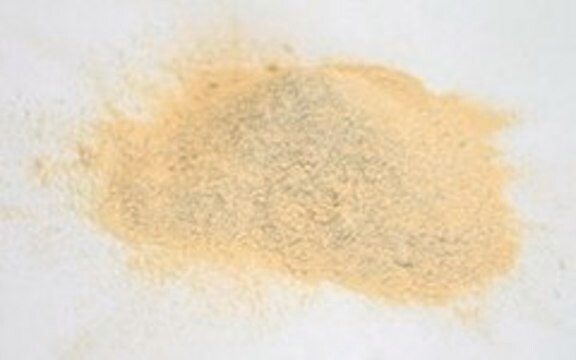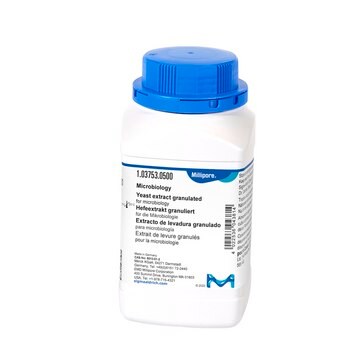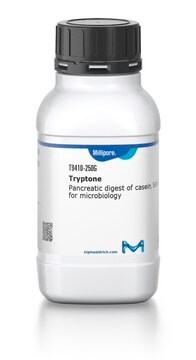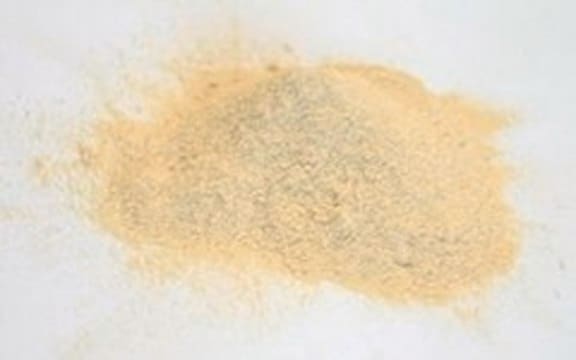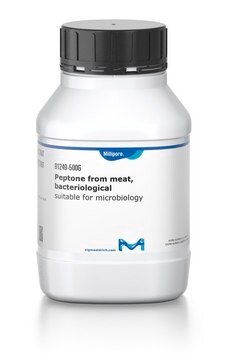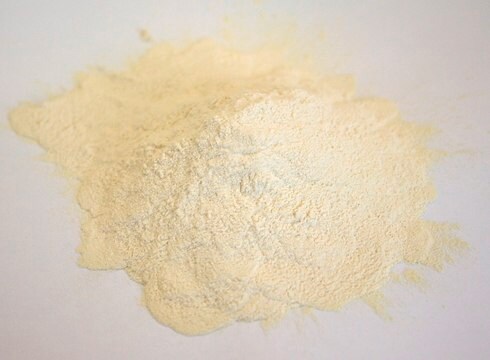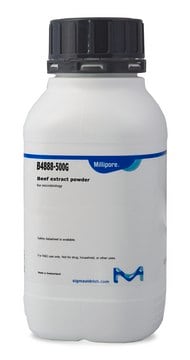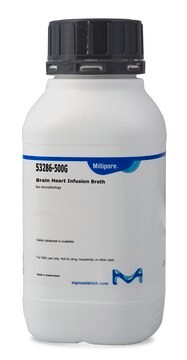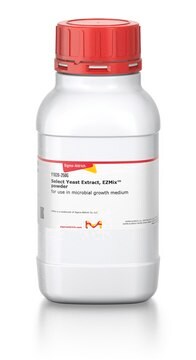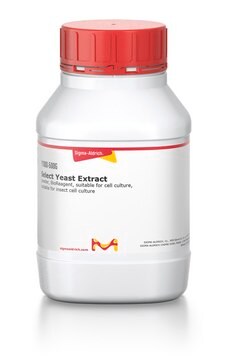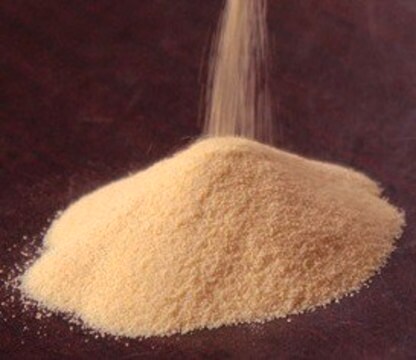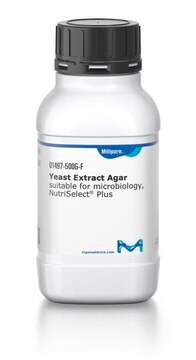70161
Yeast Extract
suitable for microbiology
Synonim(y):
YE, Baker’s yeast extract
About This Item
Polecane produkty
pochodzenie biologiczne
Saccharomyces cerevisiae
Poziom jakości
sterylność
non-sterile
Postać
powder
skład
amino-nitrogen, ~5%
total nitrogen (N), ≥11%
pozostałość po prażeniu
≤15%
strata
≤6% loss on drying
pH
7.0±0.2 (2% in H2O)
rozpuszczalność
H2O: 2%, clear, yellow
Zastosowanie
environmental
food and beverages
microbiology
temp. przechowywania
2-25°C
przydatność
molds
yeasts
Szukasz podobnych produktów? Odwiedź Przewodnik dotyczący porównywania produktów
Opis ogólny
Zastosowanie
Kod klasy składowania
11 - Combustible Solids
Klasa zagrożenia wodnego (WGK)
WGK 1
Temperatura zapłonu (°F)
Not applicable
Temperatura zapłonu (°C)
Not applicable
Środki ochrony indywidualnej
Eyeshields, Gloves, type N95 (US)
Wybierz jedną z najnowszych wersji:
Masz już ten produkt?
Dokumenty związane z niedawno zakupionymi produktami zostały zamieszczone w Bibliotece dokumentów.
Klienci oglądali również te produkty
Produkty
Podłoże hodowlane zapewnia środowisko z odpowiednimi składnikami odżywczymi, źródłami energii i określonymi warunkami środowiskowymi dla wzrostu mikroorganizmów. Składniki podłoża hodowlanego obejmują zarówno cukry proste, jak i peptony, sole, antybiotyki i złożone wskaźniki.
Nasz zespół naukowców ma doświadczenie we wszystkich obszarach badań, w tym w naukach przyrodniczych, materiałoznawstwie, syntezie chemicznej, chromatografii, analityce i wielu innych dziedzinach.
Skontaktuj się z zespołem ds. pomocy technicznej
